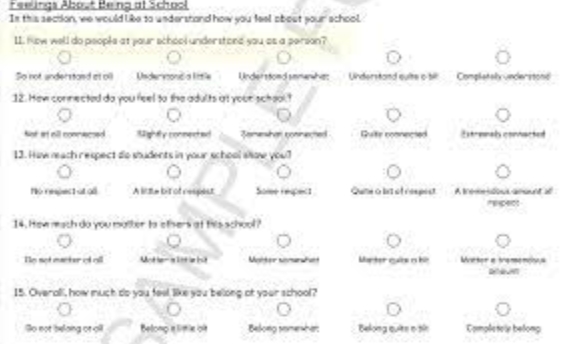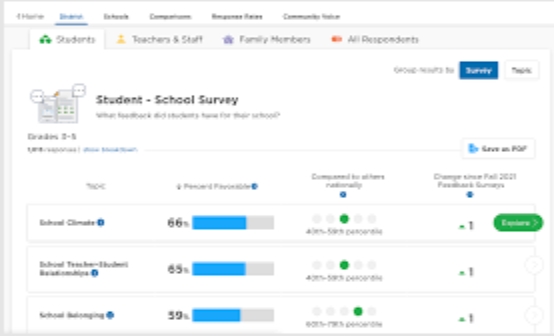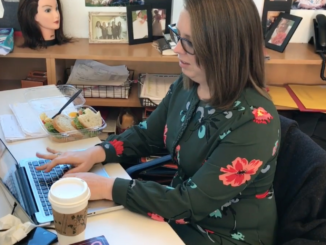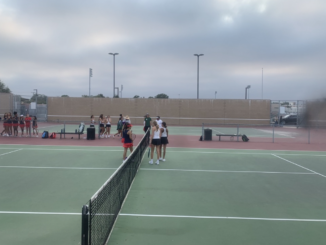
Indianna koehn
Staff writer
Panorama surveys are made to be taken each year in order to gather feedback made by students regarding their time in class and at school in general. This survey involves many personal questions about students inside and outside of classroom observations. The questions provided target to disclose students’ concerns and ideas in regard to Costa’s academic environment, which is only effective when answered honestly. Students at Costa tend to take the quick way out and skip through most questions, which proves these panorama surveys to be ineffective and a waste of time.

According to the panorama website, Panorama surveys are ways for administration and teachers to create a safe place for the mental well being of all students. Panorama surveys achieve this by asking students questions based on personal experiences in the teaching and learning areas of each class. Panorama surveys aim to target the subject of inequality and provide a platform for students to speak up and use their voice. These surveys demonstrate what teachers and administration should be doing differently in order to make all students feel welcome and a part of a community.

Panorama surveys are ineffective as they are often too long, which breaks concentration and is unrealistic because it is not possible for students to complete a 30 minute survey in an 11 minute homeroom without cutting into class time. According to Taylor Dibernardo, the survey itself has great intentions, however students need the time and the ability to learn the importance of the surveys in order to truly take them seriously. Cutting down the surveys and giving the option of free responses allows students with shorter attention spans to focus more on the questions and give more of an honest response. This way students can openly express how they feel with the educational support system at Costa.

These surveys have great intentions in the beliefs of the staff. However, according to sophomore class vice president Kiera Delmonte, these surveys have the right questions but are taken as a joke which increases the amount of questions skipped through and answered randomly. When students don’t give accurate responses and take these surveys simply because they are required, Panorama surveys prove to be inaccurate and a waste of time. Although administration supports these surveys, other actions to achieve these results such as a presentation, an english class project or an essay would be beneficial.

The Miracosta district counselor believes these surveys are a beneficial way to decide what measures need to be taken community wise, and in order to allow every student to feel heard. These surveys are rushed through however, the main areas of difficulty in students’ school life are still often captured. When taken seriously, these surveys can be extremely helpful towards making students feel welcome and truly part of a community. Though a valid way to understand students, this survey has not proven beneficial as students do not focus and accurately take time with their responses.

Panorama surveys can be effective if taken with honesty and respect. While it is important to gather feedback on students’ personal experiences, different measures should be taken in order to receive that outcome. This concludes as an issue for administrators and teachers because if they are not given accurate information, they can not make a change in their students’ issues and discomforts when it comes to in school learning.




Leave a Reply